It was time to start reading a new book. I have finished and enjoyed "The Private Patient" by P.D.James and also a wonderful book that I found in a second hand shop in Moonta, called "Spice Travels" by Ian Hemphill. He is a spice merchant from Sydney whose passion for spices has led him all over the world in pursuit of knowledge about the growing and processing of every spice on earth. So, I had 2 choices left, both recommendations from son Alex. First "The Ancestor's Tale", nearly 700 pages of Richard Dawkin's fascinating and beautifully written book on evolution. Second, "A Short History of Myth" by Karen Armstrong.
I have read about half of the introduction of each....and here I am thinking about humans being meaning-seeking creatures who conversely also have an imagination that allows us to think of things that have no existence. It is going to take me a long time to digest both of these books at this rate! As I gaze out of the shack window, while my mind considers facts and myths, the fact that is most noticeable is that the wind is coming up yet again while Roger imagines the feats he could achieve windsurfing, now that Langmuire has arrived.
The wind wriggles into life in some most interesting ways. Some of them are universal, some local. Some are obvious, some only observed by crazy people like me who seek both the real and the myth. Some beneficial, some not, but all a very real part of existence for every living thing on earth. So, who is Langmuire?
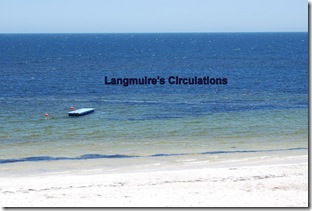 As the wind strengthens, it has various universally understood effects on the water beginning with ripples and waves and progressing to what we call white-caps (or white horses) from about 10 knots and then white foam forming in lines directly downwind at about 15 knots. I cannot explain the scientific reason for these white lines but I do know they are called Langmuire's Circulations, after a Mr. Langmuire. In my photo at left the white line cuts across the sea just below the writing.
As the wind strengthens, it has various universally understood effects on the water beginning with ripples and waves and progressing to what we call white-caps (or white horses) from about 10 knots and then white foam forming in lines directly downwind at about 15 knots. I cannot explain the scientific reason for these white lines but I do know they are called Langmuire's Circulations, after a Mr. Langmuire. In my photo at left the white line cuts across the sea just below the writing.
In the photo at right you can see that the lines extend downwind of the reef.
This is the point at which Roger goes windsurfing as he knows there is enough wind and he can see the direction, without even going outside.....thanks Mr Langmuire!
Before Mr Langmuire visits, though, other things happen..... the horizon turns from a soft blue, blending perfectly with the sky, to a sharp, dark line heralding the arrival of the afternoon sea breeze. If I am walking on this beach on a still day, before the sea breeze arrives, it is totally silent, as where I walk is very shallow and there is not even a ripple on the shore sometimes. There are no roads for many miles and rarely any people.... just the pure, pristine sea, and me. As the wind begins to rise, I can hear it far out at sea. It is quite beautiful and unreal to hear the wind in the distance but it be completely still where I am standing. As the first tiny flutters of breeze erratically approach the shore, the movement of the surface of the crystal clear water reflects on the sand below and makes delicate patterns, like light glistening through thousands of pieces of glass. It is quite breath-taking.
These first breaths bring pockets of air from who knows how far away. Some are hot, some cool and eventually they mix to form a breeze uniformly cooled by its drifting across the sea. Even on a hot day, the air doesn't need to travel far across the sea to cool down or far across the land to heat up. Just sitting in the shallows instead of further up the beach makes a hell of a hot day into a pleasant one.
Just before Mr Langmuire arrives though, sand and seaweed start to blow along the beach, the windows start whistling, it becomes a challenge to sit outside and read without losing your hat and the local gulls start playing in the wind.They flap upwind for a while then turn like an acrobatic plane and shoot down the beach at break neck speed, without so much as one flap of their wings. They do this over and over on windy days, especially the larger, darker gulls, who also use the wind to hover as if in a windless cage, just outside our window, even in what seems like a gale, showing us just what nature can do, unaided.


Nature does very well when left alone..... here are a couple of recent examples.


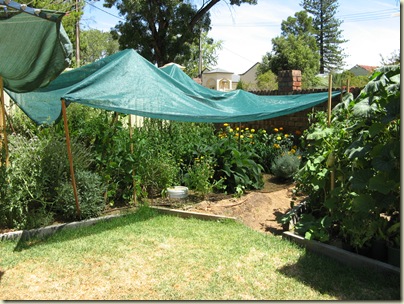

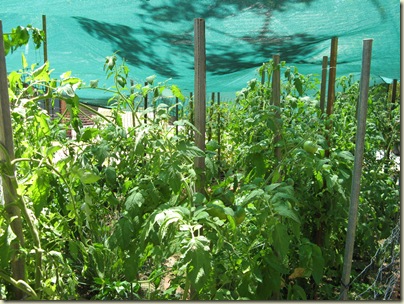
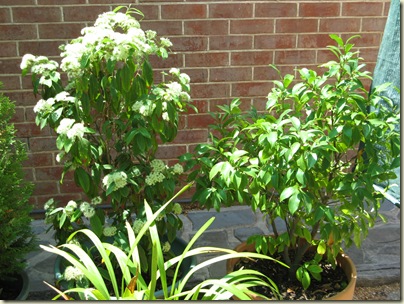
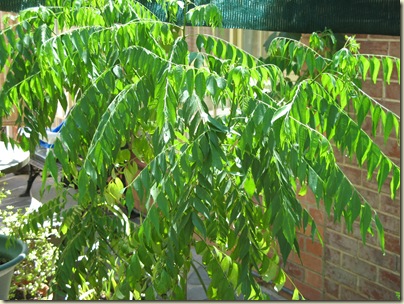
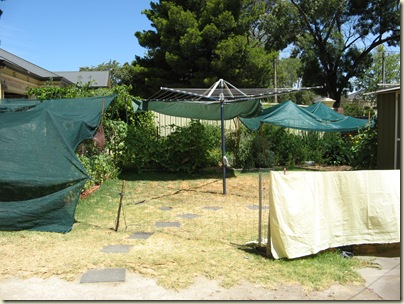


 At least the evenings are pleasant, with the planet Venus sitting up there tonight next to a new moon.
At least the evenings are pleasant, with the planet Venus sitting up there tonight next to a new moon.
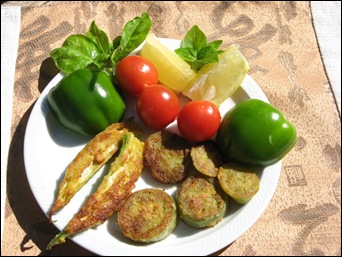





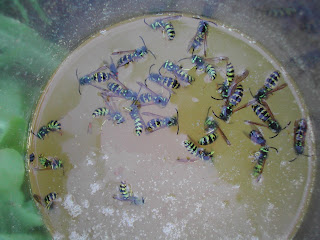

















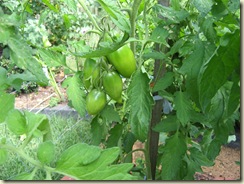
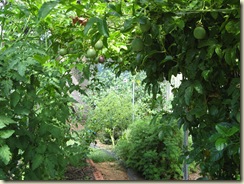
 Filmed across eleven countries with twenty tribal groups, this inspiring cultural tour of the Asia Pacific region engenders great respect for local traditions and wisdom.
Filmed across eleven countries with twenty tribal groups, this inspiring cultural tour of the Asia Pacific region engenders great respect for local traditions and wisdom.




